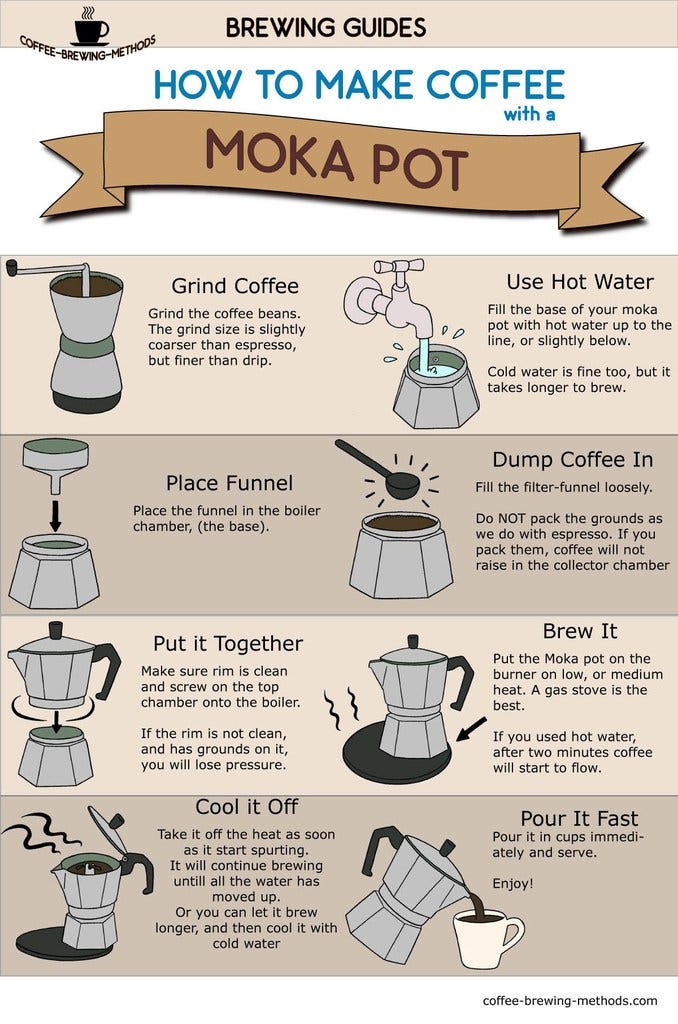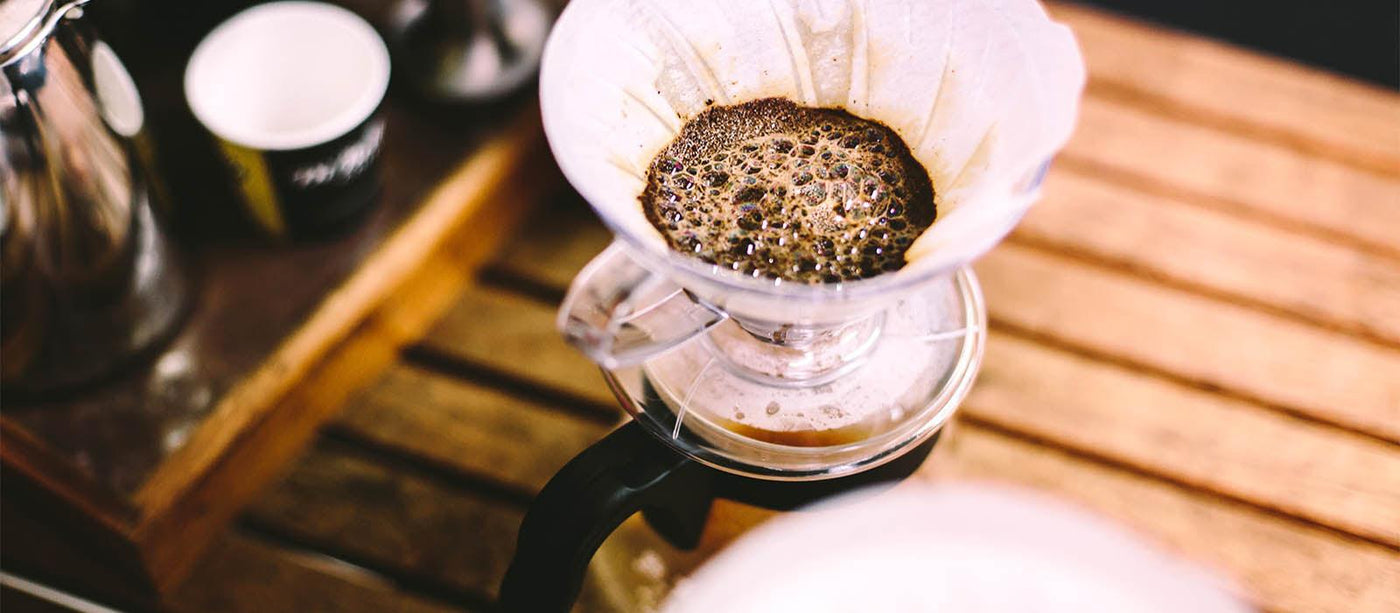Checking Out the Art of Coffee Developing: A Comprehensive Guide to Perfecting Your Cup
The art of coffee developing is a multifaceted self-control that combines science with personal expression, where the option of beans, water top quality, and developing methods assemble to produce a polished sensory experience. Recognizing the nuances of different coffee beans, especially the differences in between Arabica and Robusta, is important for any type of connoisseur. Furthermore, the selection of suitable devices and careful focus to developing parameters can considerably influence the final result. As we explore these elements, one must consider how even small changes can bring about extensive adjustments in taste and fragrance-- what might these modifications expose regarding your suitable mug?
Understanding Coffee Beans
To truly value the art of coffee developing, one should first recognize the fundamental element: coffee beans. These tiny seeds, commonly acquired from the Coffea plant, are important in establishing the taste account, scent, and overall top quality of the made beverage. Coffee beans largely come under 2 groups: Arabica and Robusta. Arabica beans, known for their fragile flavors and greater acidity, are often preferred by connoisseurs. On the other hand, Robusta beans possess a more powerful, a lot more bitter taste and greater caffeine web content, making them appropriate for coffee blends.

In addition, the processing method-- whether washed, all-natural, or honey-- influences the beans' last preference. Understanding these aspects enables makers to pick the right beans that line up with their preferred taste profile, inevitably boosting the coffee developing experience. coffee brewing methods. This understanding is essential for anybody desiring understand the craft of making the excellent mug of coffee
Developing Approaches Explained
Many enthusiasts find that the choice of brewing method considerably impacts the final flavor and aroma of their coffee. Each method harnesses different removal strategies, affecting the coffee's personality and splendor.
Drip brewing, one of the most prominent techniques, utilizes a device to drip warm water through ground coffee, generating a tidy and constant cup. French press, on the various other hand, submerses coffee grounds in warm water, permitting for a fuller body and even more robust flavor, as oils and great fragments stay in the brew.
Pour-over developing supplies a careful technique, where water is by hand put over coffee premises, enabling precise control over removal time and temperature level, resulting in a intense and nuanced straight from the source cup.
Coffee, a focused coffee brewed under stress, is understood for its strong taste and velvety texture, functioning as the base for numerous coffee drinks, consisting of cappucinos and cappuccinos.
Essential Tools Required
The structure of any effective coffee developing procedure lies in quality equipment customized to your preferred technique. A trusted coffee mill is vital; freshly ground beans substantially boost taste and scent.
Following, consider your developing tool. Options range from drip coffee manufacturers and pour-over arrangements to French presses and espresso makers. Each approach provides distinct flavor profiles and developing strategies, so pick one that aligns with your taste preferences.
An exact scale is additionally invaluable, allowing you to determine coffee and water precisely, which is crucial for uniformity. In addition, a thermostat can aid monitor water temperature, as it directly influences extraction top quality.
Learning Water Top Quality
The quality of water made use of in developing coffee plays a considerable function in identifying the final taste account of the cup. Various aspects add to water top quality, including mineral material, pH level, and general purity. Ideally, water needs to be cost-free from impurities and contaminations, as these can adversely impact the taste of coffee.
Minerals, such as calcium and magnesium, boost the extraction of flavors from the coffee premises, straight from the source while maintaining a balanced pH degree-- around 6.5 to 7.5-- is important for ideal extraction. Water that is as well soft might lead to under-extraction, leading to weak or sour flavors, while extremely difficult water can produce a bitter or rough cup.
For the very best outcomes, filtered water is recommended, as it minimizes the presence of chlorine and other undesirable materials typically located in tap water. Additionally, think about using water with an Overall Dissolved Solids (TDS) degree between 150-200 ppm, which is usually optimal for coffee developing. By grasping water top quality, you can lay a strong foundation for attaining a consistently exceptional mug of more information coffee, enabling the one-of-a-kind qualities of your picked beans to shine through.

Tips for Taste Improvement
Enhancing the taste of your coffee can substantially boost your brewing experience and draw out the one-of-a-kind nuances of your chosen beans. To accomplish this, take into consideration several essential variables that influence taste.
First of all, the work dimension plays an essential role. A finer grind boosts removal, causing bolder flavors, while a coarser grind yields a milder cup. coffee brewing methods. Change your work according to your developing approach to attain optimal results
Secondly, try out mixture time. Over-extraction can result in resentment, while under-extraction outcomes in a sour preference. Purpose for a mixture time that stabilizes these extremes, usually in between 2 to 4 mins, depending on your method.
Brewing with water that is also hot can scorch the coffee, while water that is also great may fail to remove appropriate flavor. In verdict, the art of coffee brewing is a multifaceted technique that requires a deep understanding of numerous components, including bean option, brewing approaches, and water high quality. By integrating these elements, coffee enthusiasts can boost their brewing strategies, resulting in a cup that not just satisfies individual preferences but also showcases the abundant complexity of coffee tastes.
The art of coffee brewing is a complex discipline that combines science with personal expression, where the selection of beans, water high quality, and developing methods assemble to create a refined sensory experience.To absolutely appreciate the art of coffee developing, one should initially understand the foundational component: coffee beans. Brewing with water that is as well warm can burn the coffee, while water that is as well cool might fall short to extract appropriate taste. In conclusion, the art of coffee developing is a complex practice that needs a deep understanding of numerous elements, including bean choice, developing methods, and water high quality. By incorporating these parts, coffee enthusiasts can raise their developing strategies, resulting in a mug that not only satisfies personal choices yet additionally showcases the abundant complexity of coffee flavors.